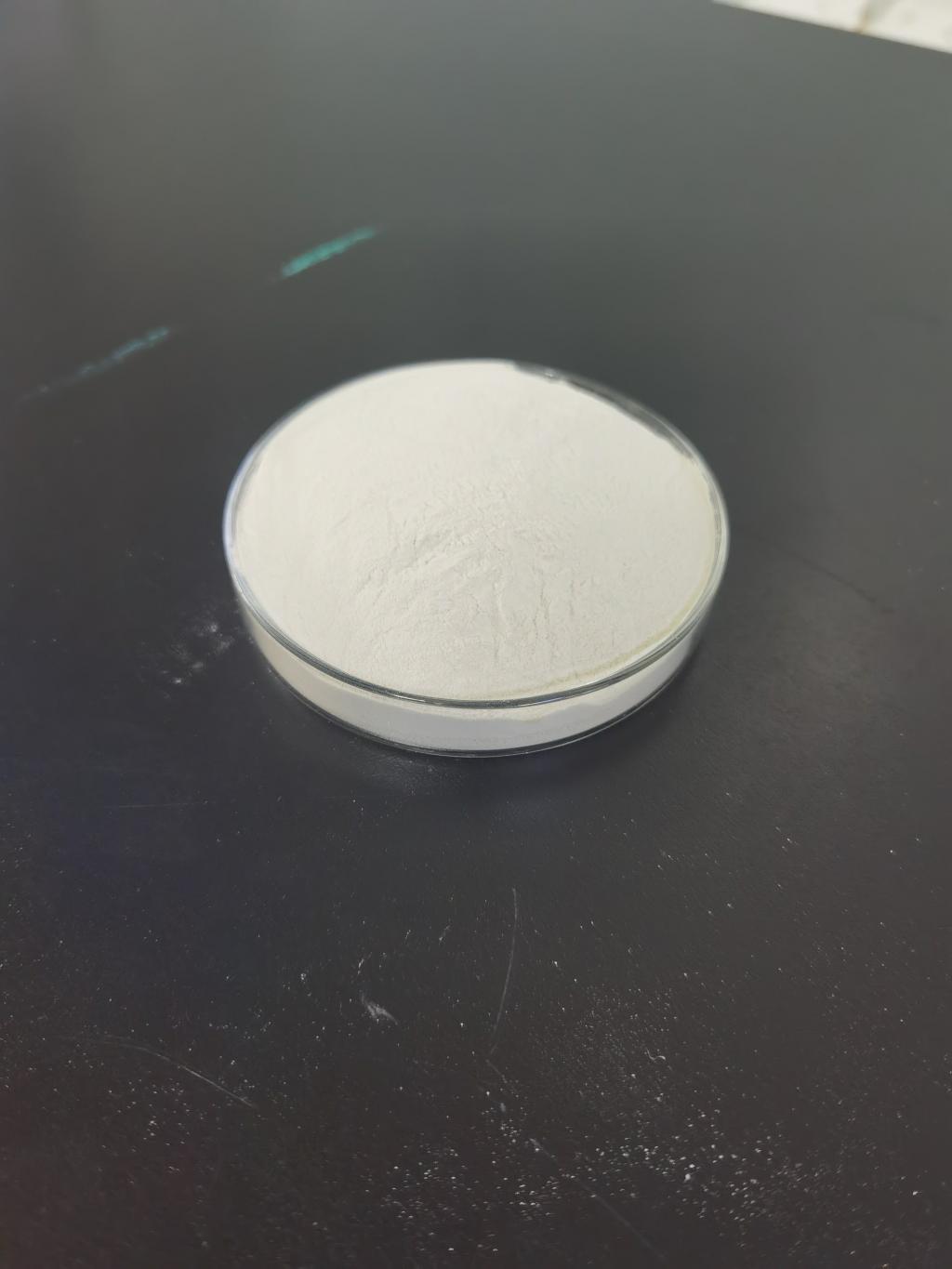Tel:+8618231198596

News
 CONTACT
CONTACT
 CONTACT
CONTACT
- Linkman:Linda Yao
- Tel: +8618231198596
- Email:linda.yao@dcpharma.cn
- Linkman:CHARLES.WANG
- Department:Overseas
- Tel: 0086 0311-85537378 0086 0311-85539701
News
Current Position:
Home >
News
>Nisin's Potential in Post-Harvest Preservation: A Boost for Agriculture
Nisin's Potential in Post-Harvest Preservation: A Boost for Agriculture
TIME:2023-12-22
1. Understanding the Challenge of Post-Harvest Loss:
Post-harvest loss poses a significant challenge in the agricultural supply chain, impacting both developed and developing nations. Factors such as microbial contamination, pest infestations, and environmental conditions contribute to the deterioration of harvested crops during storage and transportation. Addressing these challenges is crucial to ensure a stable and abundant food supply.
2. Nisin: Nature's Antimicrobial Agent:
Nisin, a naturally occurring antimicrobial peptide, is derived from the bacterium Lactococcus lactis. It has long been recognized for its ability to inhibit the growth of a wide range of Gram-positive bacteria, including foodborne pathogens. The unique properties of nisin make it an attractive candidate for application in post-harvest preservation.
3. Mechanisms of Action of Nisin:
Explore the molecular mechanisms through which nisin exerts its antimicrobial activity. Discuss its impact on cell membranes, bacterial cell walls, and its specificity for Gram-positive bacteria. Understanding these mechanisms is crucial for harnessing nisin's potential in preserving a variety of crops.
4. Nisin in Post-Harvest Preservation: Case Studies and Experiments:
Review and analyze case studies and experiments that have investigated the effectiveness of nisin in preserving different agricultural products. Highlight successful applications in fruits, vegetables, grains, and other perishable commodities. Discuss the dosage, application methods, and overall outcomes of these studies.
5. Advantages of Nisin Over Traditional Preservation Methods:
Compare nisin with traditional post-harvest preservation methods, such as chemical preservatives and synthetic antimicrobial agents. Discuss the environmental impact, safety, and consumer acceptance of nisin, emphasizing its potential as a more sustainable and natural alternative.
6. Challenges and Considerations in Nisin Application:
Address potential challenges associated with the widespread application of nisin in post-harvest preservation. These may include regulatory hurdles, cost considerations, and the need for standardized application protocols. Explore ongoing research and development efforts aimed at overcoming these challenges.
7. Future Prospects and Innovations:
Examine the potential future developments and innovations in nisin-based post-harvest preservation. Discuss ongoing research projects, emerging technologies, and collaborations that aim to enhance the efficacy and versatility of nisin in different agricultural contexts.
8. Global Implications and Economic Benefits:
Evaluate the global implications of adopting nisin in post-harvest preservation practices. Discuss the potential economic benefits for farmers, distributors, and consumers, as well as the positive impact on reducing post-harvest losses at a global scale.
9. Environmental Sustainability and Nisin:
Explore the environmental sustainability aspects of nisin application, including its biodegradability and minimal impact on ecosystems. Discuss how the adoption of nisin can contribute to more sustainable and eco-friendly agricultural practices.
10. Conclusion:
Summarize the key findings and insights from the exploration of nisin's potential in post-harvest preservation. Emphasize the importance of further research, collaboration, and adoption of innovative solutions to address the challenges associated with post-harvest losses in agriculture.
By shedding light on the potential of nisin in post-harvest preservation, this article aims to contribute to the ongoing discourse on sustainable agriculture and food security. As we navigate the complexities of a growing global population, embracing natural and effective solutions like nisin becomes imperative for the future of agriculture.
- Tel:+8618231198596
- Whatsapp:18231198596
- Chat With Skype







